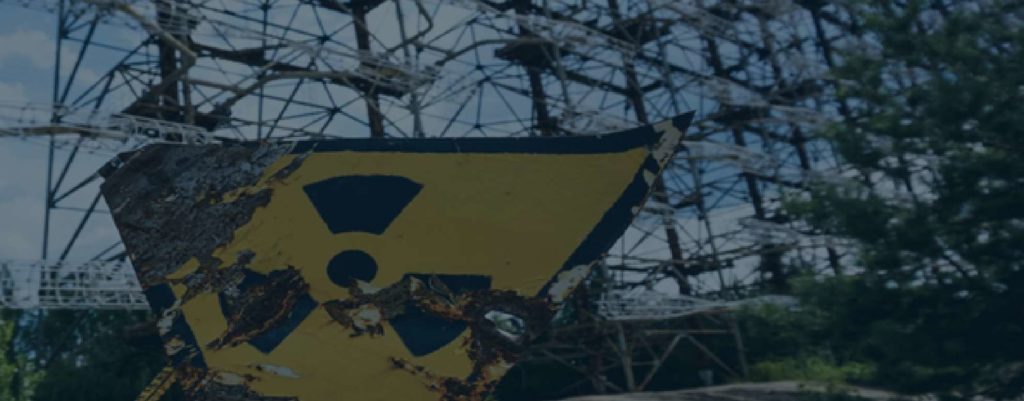Nuclear Risks in Ukraine

Analysing the risk of nuclear incidents in the Ukraine-Russia war
Since the onset of the Russia-Ukraine conflict in February 2022, the threat of a nuclear incident has been ever present.
Wayward artillery fire, falling debris from an aerial interception over a nuclear site, and an interruption to the power supply or cooling system as an unintended consequence of military action, have all been considered possible outcomes as a result of the fighting that had quickly spread across Ukraine. These risks also threatened to exacerbate those that are also apparent at nuclear sites outside of conflict scenarios, such as human error and natural disasters.
Full report contents:
- Accidental Risks
- Destruction of nuclear facility or associated infrastructure
- Power supply disruption and human error
- Environmental risk and natural disasters
- Deliberate risks
- Destruction of nuclear facility
- Russian negligence
- Dirty bomb
- Tactical nuclear weapons
- The impact of nuclear incidents
- Solace Global analysis
- CBRN risk mitigation
- Key considerations when operating in Ukraine
- Pre-deployment preparation and risk assessment
- PPE and team protection equipment
- Immediate actions on discovering a nuclear incident
- Decontamination and Consequence Management Procedures
- Recommendations for nuclear reactor radiation contamination
How likely is the threat of a nuclear incident in Ukraine?
Despite having a very low likelihood of occurring, analysing nuclear risks in Ukraine is relevant given the catastrophic consequences that would follow such an event. Indeed, in recent weeks Ukraine has been increasing its readiness and capabilities for such an eventuality. On 29 June 2023, Ukrainian state nuclear energy company Energoatom held a two day exercise that simulated the effects of an attack on the Zaporizhzhia nuclear power plant (ZNPP), whilst on 11 July 2023 evacuation and preparations drills were held at the Rivne nuclear power plant in the event of a power supply incident at the site.
Russian statements on nuclear incidents in 2023
Russian nuclear rhetoric has significantly intensified in recent months. In March 2023, Deputy Chairman of Russia’s Security Council Dmitry Medvedev warned that a “nuclear apocalypse” is drawing closer. Other senior Russian and Ukrainian officials continue to portend a deliberate nuclear incident occurring in Ukraine, which could include the targeted destruction or sabotage of a facility, a policy of intentional negligence at facilities, the use of a dirty bomb or some other such radioactive incident, or the deployment and use of tactical nuclear weapons on the battlefield. Indeed, in early July 2023 Ukrainian President Volodymyr Zelenskyy warned that Russia might be preparing to detonate part of the ZNPP.
Ukraine conflict: A key topic in NATO summit
As North Atlantic Treaty Organisation (NATO) members gather for a summit in Vilnius, Lithuania, the ongoing conflict in Ukraine will almost certainly top the agenda, and nuclear threats will also likely be discussed. Ahead of the summit, the Russian Foreign Ministry spokeswoman Maria Zakharova commented that “key attention should be devoted” to the ZNPP as “the vast majority of the alliance members will be in the direct impact zone” if an incident were to occur. Nevertheless, whilst such rhetoric is ominous, evidence on the ground suggests that both Russia and Ukraine comprehend that allowing a nuclear incident to occur, whether that be accidental or deliberate, would be catastrophic, both in terms of impact and international response.
An in-depth review of the likelihood of a nuclear incident
Whilst a significant nuclear incident is highly unlikely to occur in the near future, the possibility should be actively considered and mitigated in order to ensure comprehensive duty of care for individuals operating in Ukraine.
Download full report below
Download Full Report
This report examines the potential causes of nuclear incidents in Ukraine and outline the recommended mitigatory measures organisations should consider.